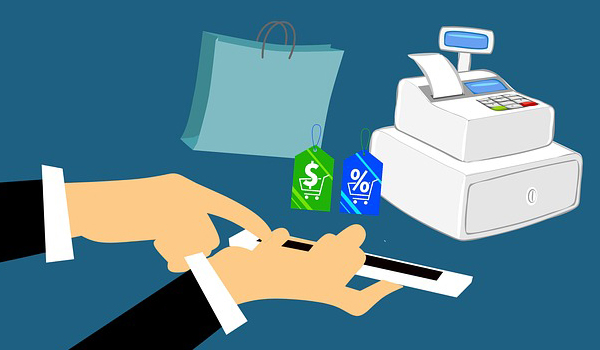Bill and Hold
A bill and hold transaction occurs when companies record revenue for goods that haven't been delivered.
Updated: October 13, 2023

A bill and hold transaction occurs when companies record revenue for goods that haven't been delivered. Organizations that utilize this method must adhere to strict requirements due to the risk of fraudulently recognizing revenue too early.
This transaction method is typically not allowed by the Securities and Exchange Commission (SEC), as revenue is generally generated once the customer receives the goods. Sometimes, it give sellers the performance obligation to act as the custodian for the goods held at the organization A portion of the transaction price may be needed to be allocated to the custodial function in this case, and the revenue must be recognized throughout the custodial period.
Billing software is often used by a business to keep track of billing and revenue information such as sending invoices, requesting payments, and improving the accuracy of its billing processes.
Organizations must only use bill and hold transactions for situations that are in accordance with the specific criteria of ASC 606 and IFRS 15 to achieve revenue recognition compliance. Ownership risks, written commitment, reason, set delivery date and status of the goods are SEC requirements for bill and hold transactions. Modification extent, transaction history, market value, holding and custodial risk and contingent sale possibility are also considered when determining whether to allow a transaction and to ensure all bill and hold transactions are compliant.



